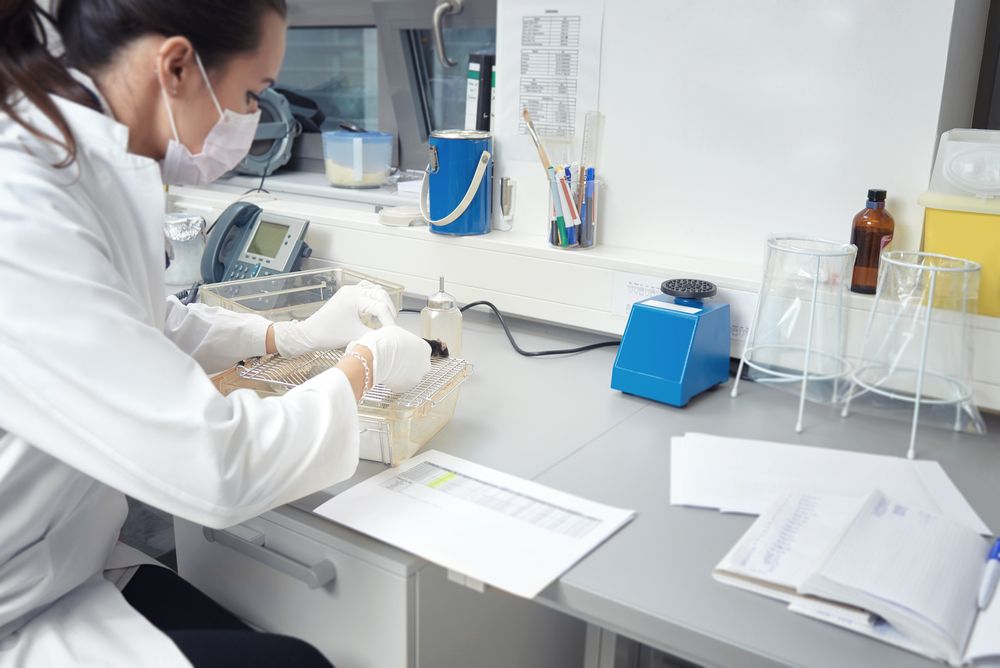Jul 9, 2017
High-tech beanie could allow humans to achieve telepathy in a DECADE
Posted by Carse Peel in categories: biotech/medical, neuroscience
A company is developing a device that can allow people to see inside their brains or bodies in great detail.
The technology, developed by Openwater, works via a piece of clothing such as ski-hat lined with LCDs – and, illuminated with infrared, it can see into your body to look for things such as tumors and bleeding or clogged arteries.
While the technology has significant potential for disease detection, the company’s ultimate aim is to develop it for communication via thought — in just eight years.
Continue reading “High-tech beanie could allow humans to achieve telepathy in a DECADE” »

















